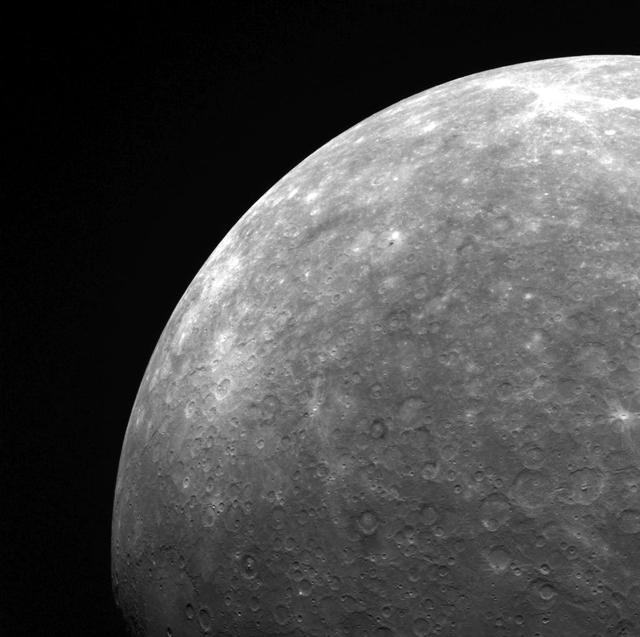Starwatch for February 2024
Written by John Del Re on March 15, 2024
Hello! I’m Karl Hricko of United Astronomy Clubs of NJ and the National Space Society, bringing you the February Starwatch for WNTI – the sound of Centenary.
Can there be stars older than the universe? The Hubble Space Telescope is said to have discovered such a star about 190 light years from Earth in Libra called “Methuselah”. Its age is calculated to be 15 billion years old, compared to the 13.7 billion years of our universe. This finding is based on the present methods astronomers use to determine ages of stars in our universe involving what is known as the cosmological redshift. The greater the redshift, the greater the distance and age.
This anomaly has been explained by saying it is simply a miscalculation. However, a physicist, Dr. Rajendra Gupta, has combined the idea of “tired light” (or light that has lost its energy) with the idea that the constants in nature are not constant. As a result, he has come up with the universe being twice as old as presently figured, and thus explains the anomaly.
This idea brings into question the Big Bang, the expansion, and thus the basic framework of present day cosmology. Even so, we really don’t have to know the age of our universe to observe the beautiful display of the visible planets. Looking southwest at dusk, Jupiter is still in Aries, and Saturn is still in Aquarius. Then at dawn, if you look southeast, both bright Venus and dimmer red Mars are both in Sagittarius. Mercury is hard to see. So we should keep in mind that beyond the visible planets, there’s always more to our world than we can ever imagine!
Until our next Starwatch – Don’t forget to check out … What’s up in the night sky!



